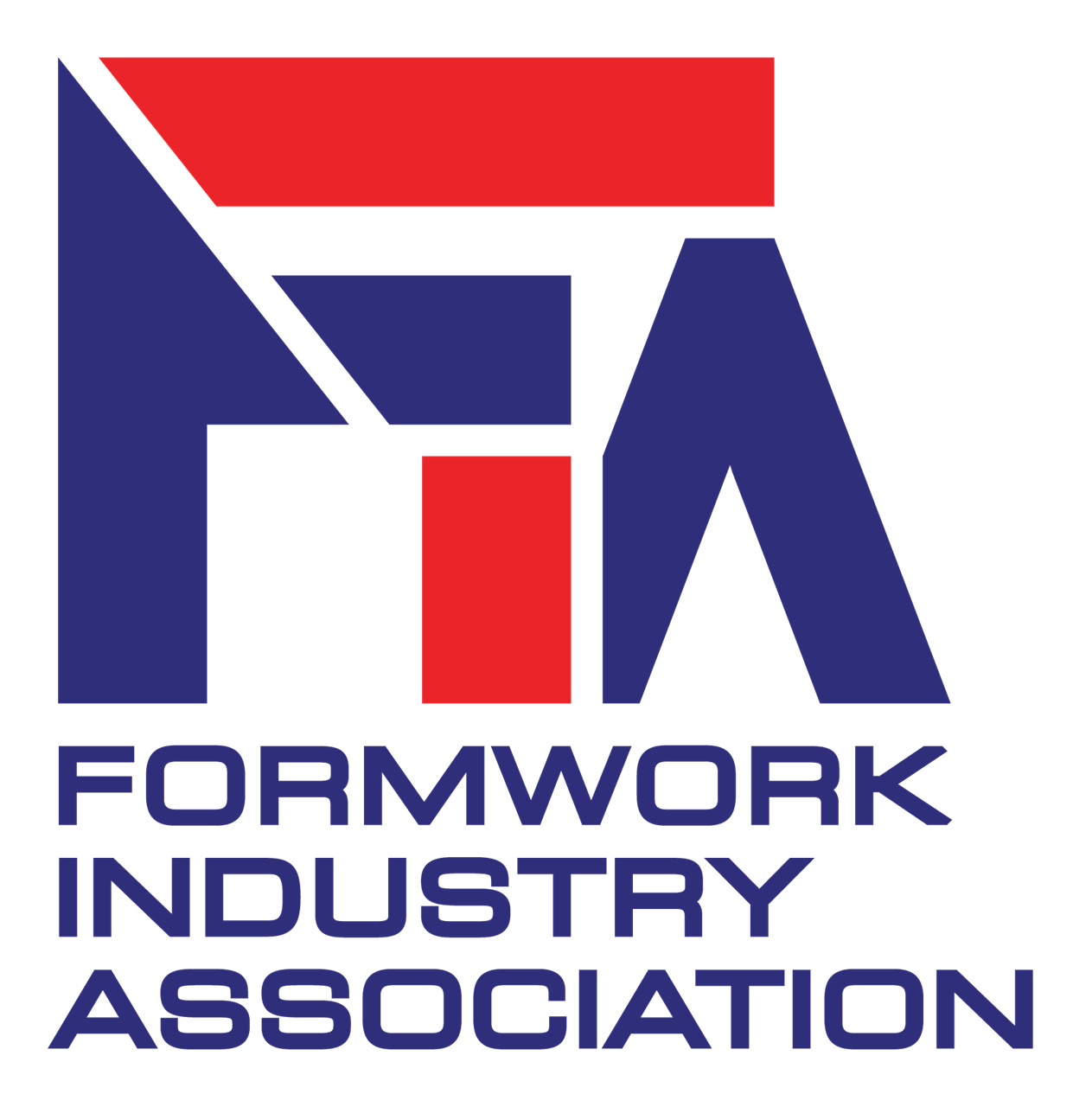Working in extreme heat for long periods of time is a workplace hazard which can result in increased risk of heat-related illness for workers.
It’s important that employers do everything reasonably practicable in their workplace to ensure those who are working in these conditions can do so without risk to their health and safety.
FIA Insurance Partner, Coverforce, offer some advice.

Australia is experiencing more frequent, longer-lasting heatwaves and we’ve been warned these will continue with even greater intensity in the future. As a result, our workers will continue to be exposed to increasingly hotter environments for longer periods of time.
These heatwaves will not only affect those who work outdoors but also indoor workers who may be in poorly ventilated or hot areas such as a commercial kitchen, factory or laundry.
Recognising the signs of heat-related illness and understanding how best to respond is crucial to keeping workers safe and is the responsibility of both employers and employees.
What is heat stress?
Heat stress happens when the body must work too hard to keep cool. It then starts to overheat, and a worker can begin to suffer from heat-related illness. This can range from mild conditions such as a heat rash to very serious conditions such as heat stroke which can be fatal.
Overheating in a workplace can be due to several factors including:
> Wearing high levels of personal protective equipment
> Heat from extremely hot material (e.g. foundries, bakeries, furnaces)
> Sun exposure (e.g. outdoor work in construction, agriculture)
> High humidity (e.g. laundries, restaurant kitchens)
> Internal body heat (e.g. from heavy manual work)
How can extreme heat affect workers?
Some common symptoms of heat stress can include feeling hot, physically weak or fatigued, headache, intense thirst, nausea, shortness of breath, dizziness, confusion and slurred speech.
Extreme heat and fatigue can also impair the way workers think, leading to losses in concentration, slower reaction times and poor judgment. These symptoms can be dangerous as they can contribute to, or cause, errors and other serious health and safety accidents, particularly if attention, coordination and immediate memory skills are required.
How to reduce the risk associated with working in extreme heat?
Employers, business owners and other PCBUs have a primary duty of care to ensure the health and safety of all workers in their workplace, so far as is reasonably practicable.
It is recommended you develop and implement a heat management plan which can be done in consultation with workers and/or their HSRs. The standard risk management approach is as follows:
1. Identify the hazard – is heat an issue in your workplace?
Your workplace may be susceptible to heat-related problems if -
> Workers are exposed to temperatures that exceed 30C and/or high humidity
> There are surfaces or equipment that produce, radiate or reflect heat and/or UVR
> Workers wear protective clothing/PPE that can make them hot
> Workers are engaged in physical tasks
> There is plant or equipment that produce heat or steam
> Any of your work areas are poorly ventilated
2. Assess the risks
If you have identified exposure to extreme heat as a risk in your workplace, a proper risk assessment can help to determine the severity of the risks, whether any of the risks can be eliminated or minimised, if any existing control measures you have in place are effective and how urgently you may need to act.
When assessing the risk, you will need to consider both personal and environmental factors.
3. Control the risks
Where the risk cannot be eliminated, measures should be taken to minimise it as much as reasonably practicable. Both employers and employees can do their part.
Employers:
> Ensure all practical measures for preventing heat illness can be implemented
> Supply breathable clothing that cover the arms and legs
> Provide sunscreen and other protective gear and ensure workers wear them
> Provide cool drinking water close to the work area
> Enable workers to take regular breaks or rotate with other workers where possible
> Provide training on being Sunsmart and the seriousness of heat stress. Understanding when medical treatment becomes a matter of urgency is important.
Employees:
> Follow all reasonable instructions from their employer
> Drink plenty of water to keep hydrated. In hot environments, the body will require more water.
> Learn to recognise the symptoms of heat stress
> Look out for your fellow workers - not everyone responds the same to heat and symptoms can vary according to the type of heat-related illness.
> Be sun safe whenever possible – apply sunscreen, wear a hat and clothes that cover the arms and legs
> Modify work intensity and take more regular breaks (if possible) when working in heat
> Raise any WHS concerns and report hazards associated with heat-related illness
4. Review control measures
Continue to review your workplace heat management plan so that it is always up to date and ensures the welfare and safety of your workers.
For more information on how to manage the risks of working in heat, access Safe Work Australia’s comprehensive guide here.
How Coverforce can help
Our experienced Coverforce Workplace Services (CWS) team can assist FIA member businesses in embedding safe working processes and with the identification of risks and hazards in your workplace. Contact them directly on (02) 9376 7979 to find out more.
A Coverforce Insurance Broker can provide your business with sound risk advice and quality insurance cover. Ask what you can do to protect your business against loss arising from workplace injuries. For personalised insurance advice contact Julie Gidaro on (02) 9376 7895.
Be sure to mention your FIA member status.
The information provided in this article is of a general nature only and has been prepared without taking into account your individual objectives, financial situation or needs. If you require advice that is tailored to your specific business or individual circumstances, please contact Coverforce directly.
References:
https://www.safework.nsw.gov.au/hazards-a-z/working-in-extreme-heat
https://www.safeworkaustralia.gov.au/system/files/documents/2001/working_in_heat_factsheet.pdf
http://abilitygroup.com.au/working-in-heat/
https://www.comcare.gov.au/Forms_and_Publications/publications/services/safety_and_prevention/safety_and_prevention/hazards_of_working_in_heat/hazards_of_working_in_heat2
